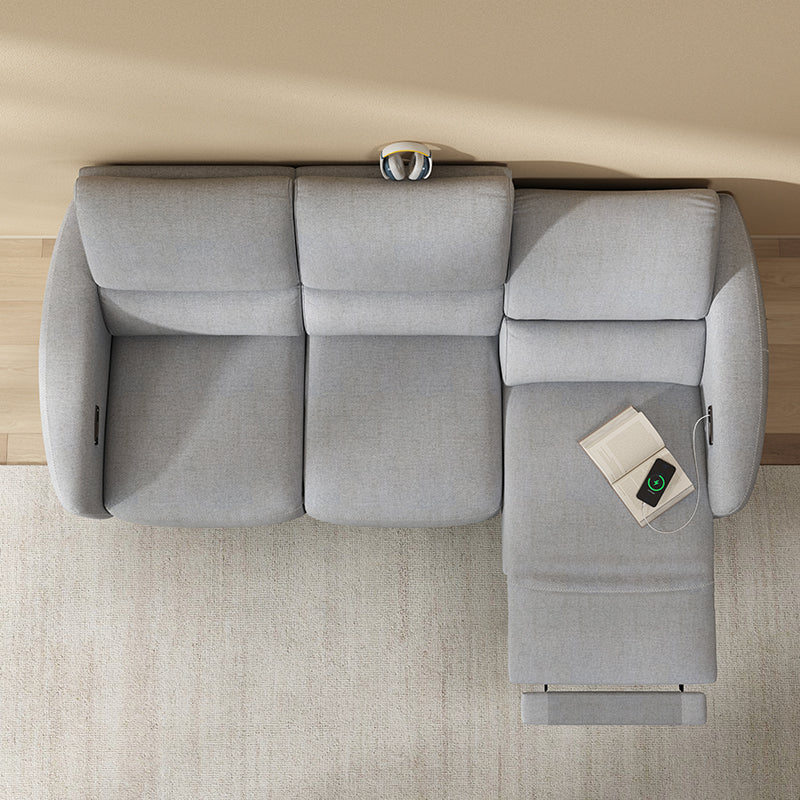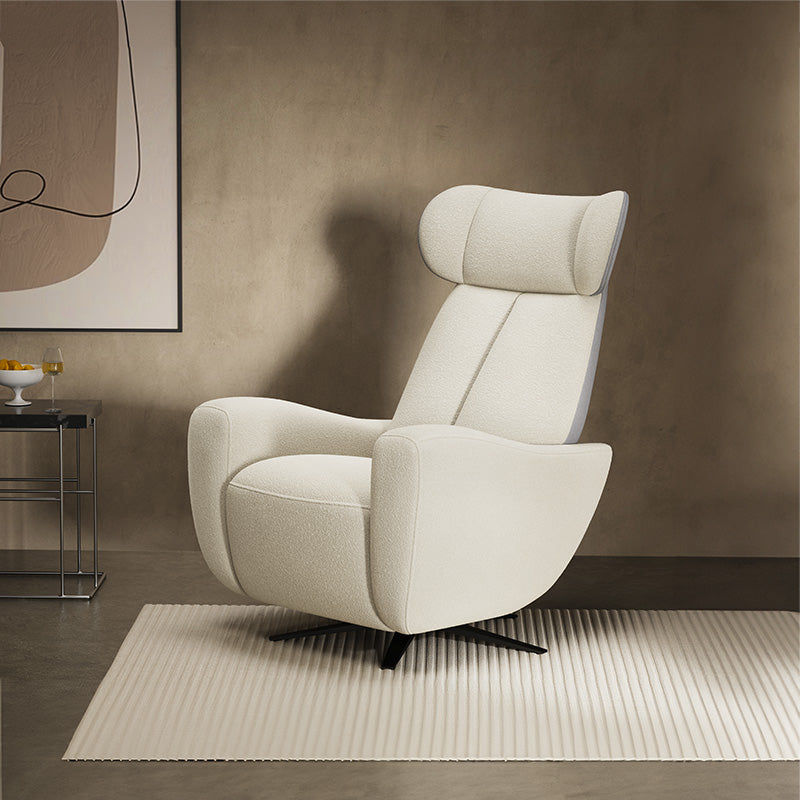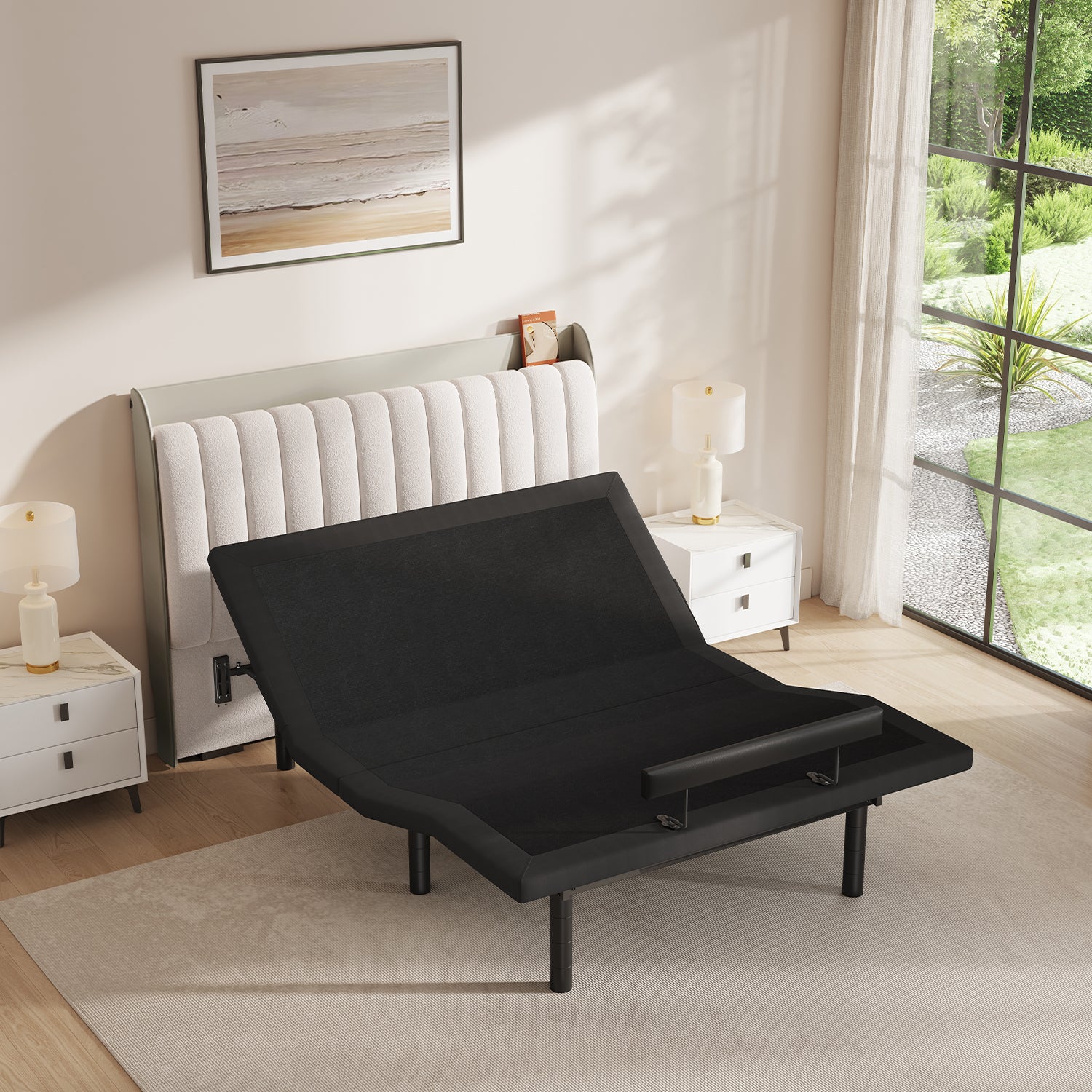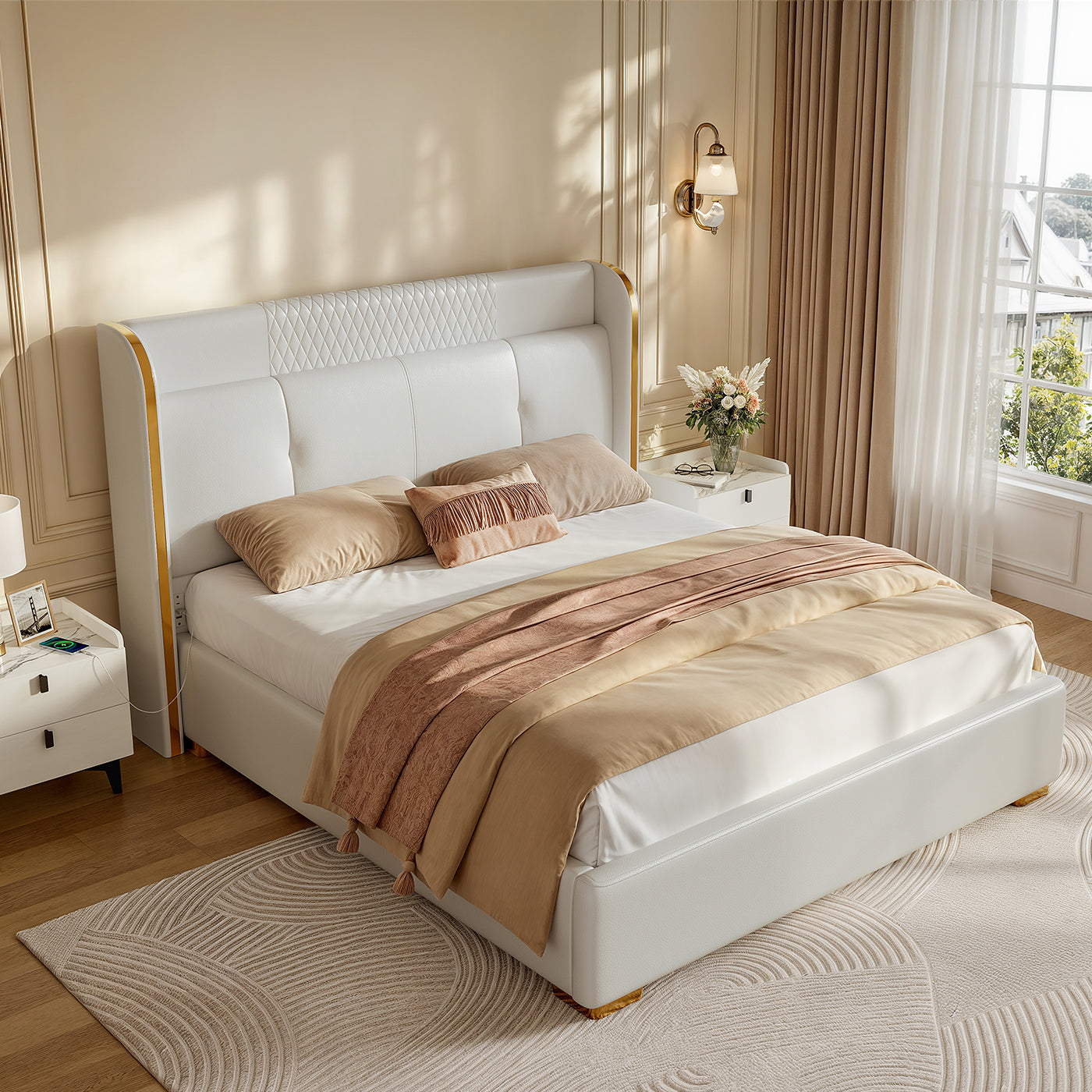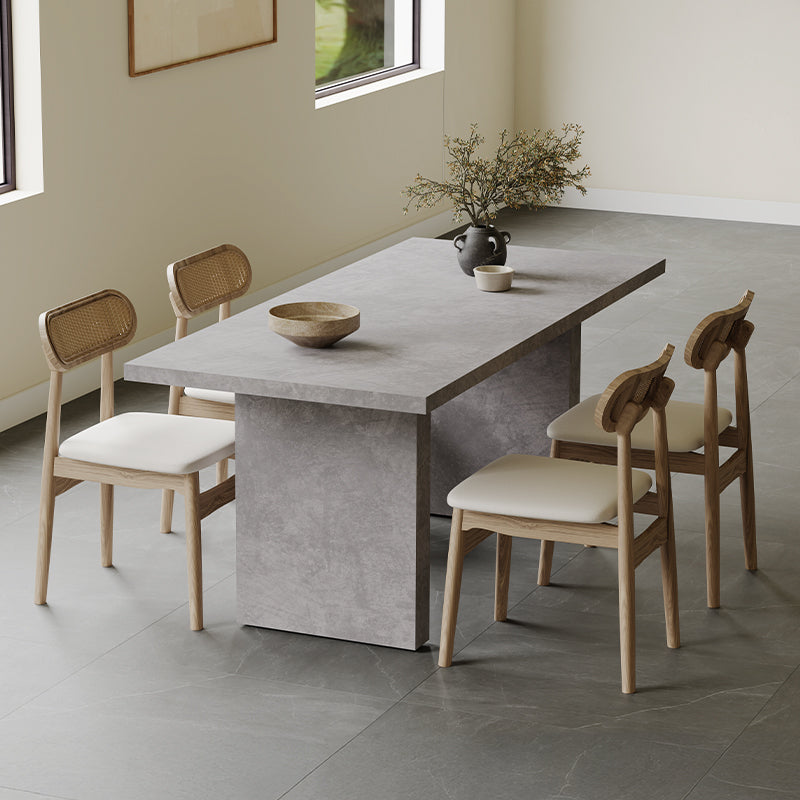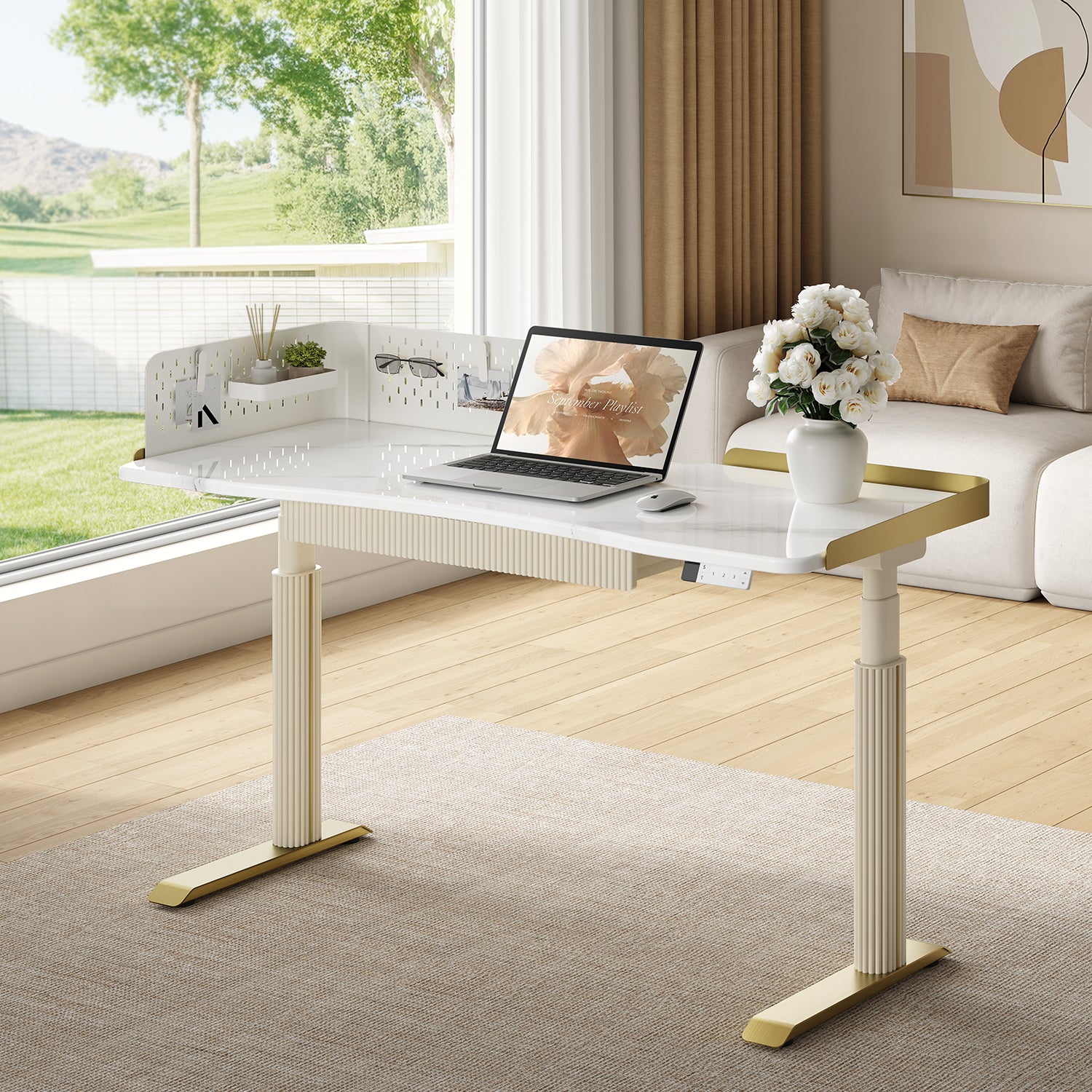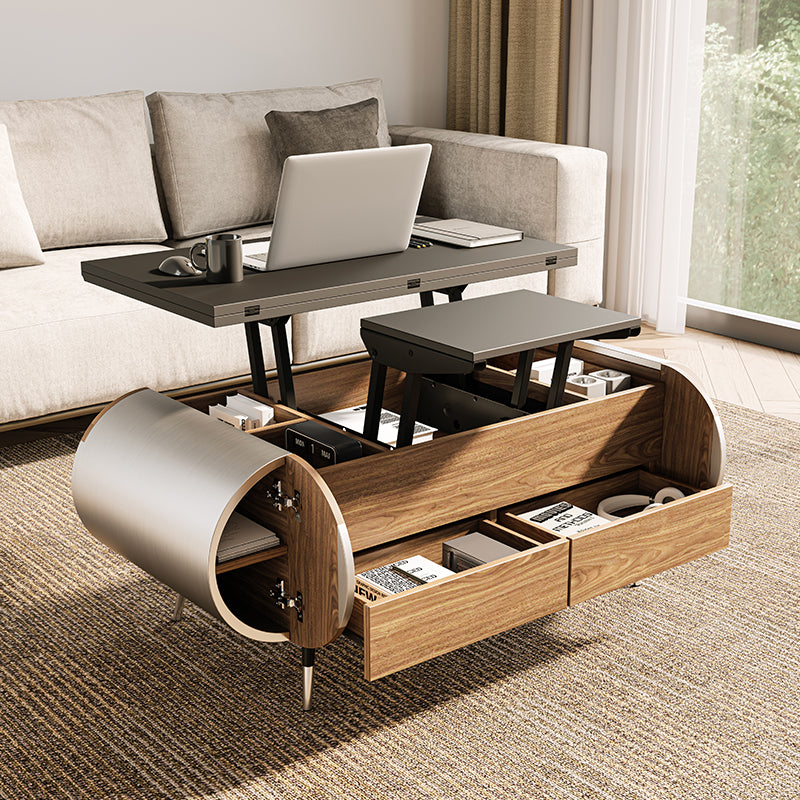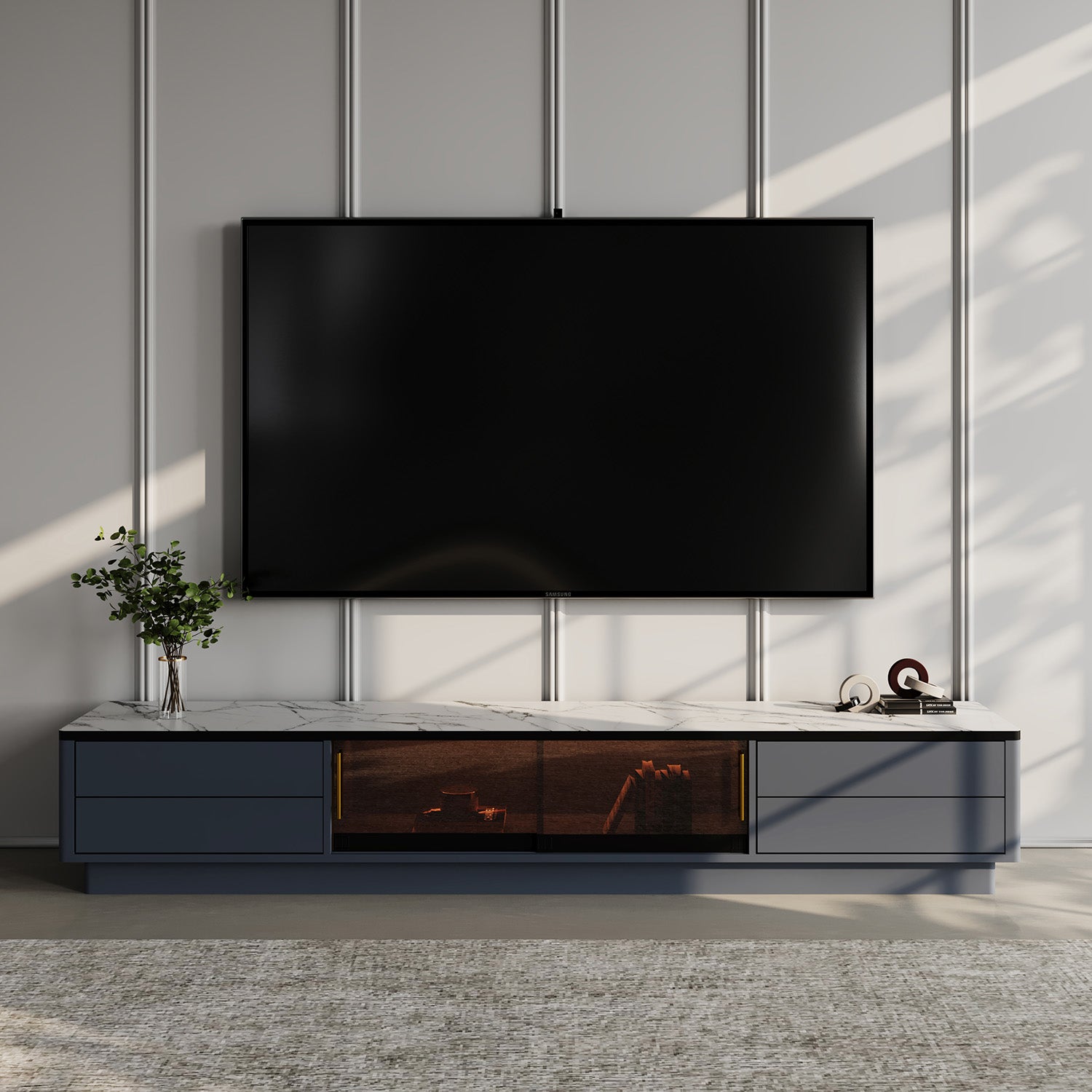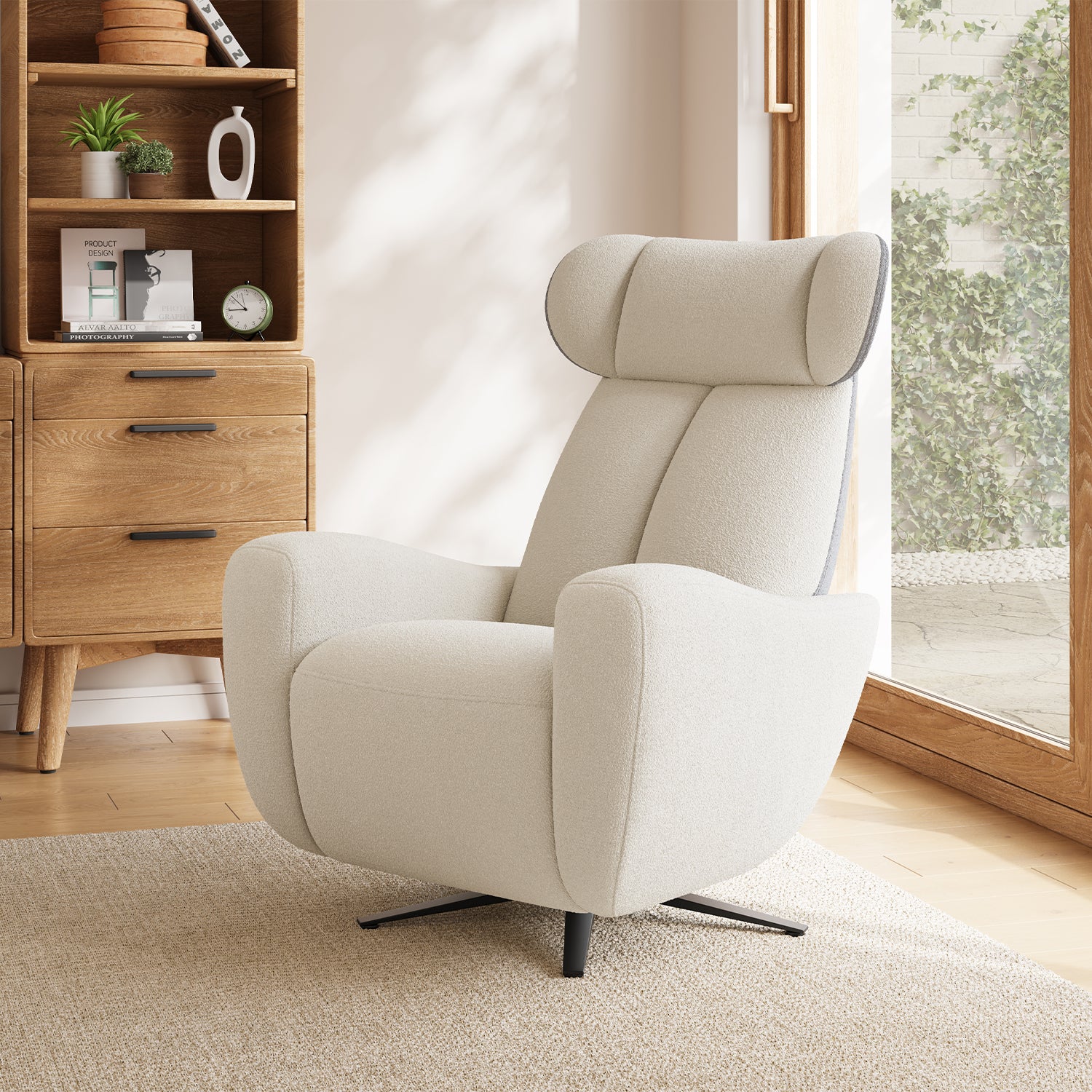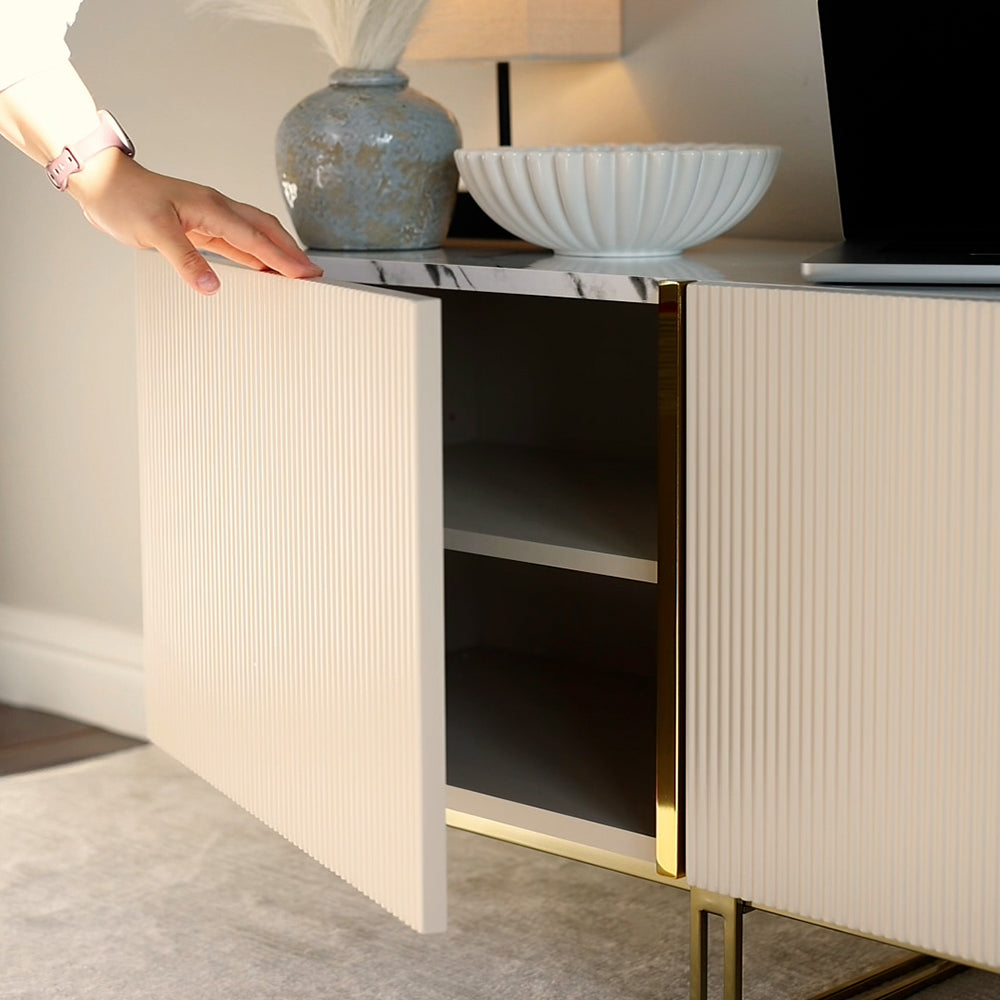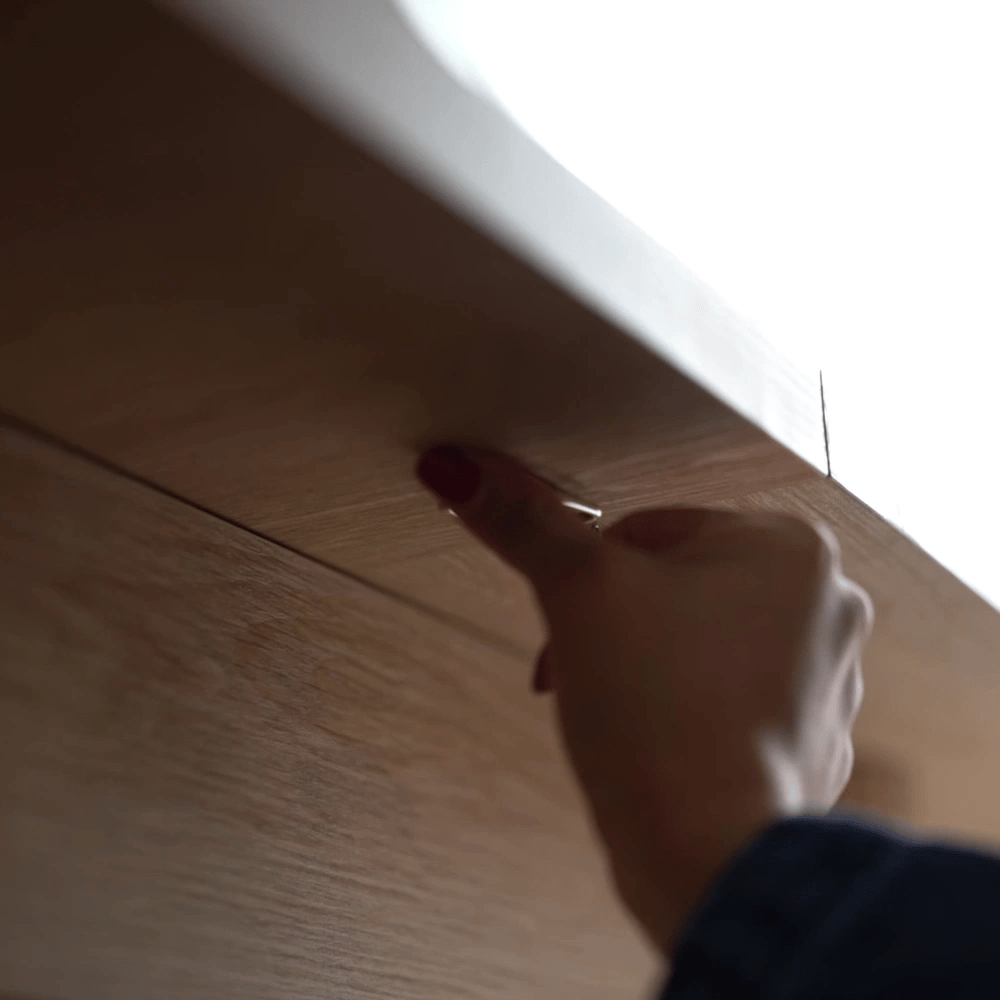Reupholstering a couch with attached cushions can breathe new life into a beloved piece of furniture. This DIY project may seem challenging, but with the right tools and techniques, you can achieve professional results. Here’s a comprehensive guide to help you through the process.
Table of Content
Materials Needed
1. Upholstery Fabric:
Choose a durable fabric that matches your style.
2. Batting:
For added cushioning, if desired.
3. Staple Gun:
A heavy-duty one with appropriate staples.
4. Scissors:
For cutting fabric and batting.
5. Measuring Tape:
To ensure accurate measurements.
6. Screwdriver:
To remove legs or other parts, if necessary.
7. Tack Strip or Piping:
For a finished edge.
8. Upholstery Needle and Thread:
For any hand-sewing required.
9. Pliers:
To remove old staples.
{{'___AD_PLACEHOLDER___'}}
Step-by-Step Process

1. Preparation
Start by moving the couch to a spacious area. Remove any cushions, pillows, and small items. If your couch has removable legs or backs, use the screwdriver to detach them to make the reupholstering process easier.
2. Remove Old Upholstery
Using pliers, carefully pull out the staples holding the old fabric in place. Take your time to avoid damaging the frame. Keep pieces of the old fabric to use as templates for your new fabric. This will help you cut accurate sizes for each section.
3. Measure and Cut New Fabric
Measure the areas of the couch where you will apply the new fabric. For attached cushions, make sure to add extra inches—usually about 3-4 inches—for tucking and stapling. Cut the new fabric based on these measurements. If you’re adding batting for extra comfort, cut it to the same size as the fabric.
4. Attach Batting (Optional)
If using batting, place it over the cushion area before applying the new fabric. This layer provides additional comfort and a smooth appearance. Secure the batting in place using the staple gun, pulling it tight but not overly so.
5. Apply New Fabric
Lay the new fabric over the couch, ensuring it’s centered and aligned properly. Begin stapling the fabric to the underside of the couch. Start from the center and work your way outwards, alternating sides to keep the tension even. For the attached cushions, fold the fabric over the top and pull it underneath, securing it with staples.
If using piping or a tack strip, attach this first to enhance the finish before securing the fabric.
6. Reassemble the Couch
After securing the fabric, trim any excess material to create a clean edge. Reattach any legs or other parts of the couch that were removed. Make sure everything is firmly secured and looks neat.
7. Final Touches
Inspect your work for any loose staples or areas where the fabric might be pulling. Tuck in any loose edges and ensure that everything is aligned properly. Trim any excess batting or fabric that may be visible.

Tips for Success
- Choose the Right Fabric:
Make sure your fabric is suitable for upholstery; look for options labeled as “upholstery weight.”
- Take Your Time:
Don’t rush the process. Taking your time will ensure a more polished finish.
- Practice Makes Perfect:
If you're new to upholstery, consider practicing on smaller pieces or using scrap fabric.
Conclusion
Reupholstering a couch with attached cushions can be an enriching project that enhances the beauty and functionality of your living space. With careful planning and execution, you can transform an old couch into a stunning centerpiece. Embrace your creativity, and enjoy the process of giving your furniture a fresh, new look! Happy reupholstering!
If you want to buy our home furniture or couch for living room, you can check out more on our store

